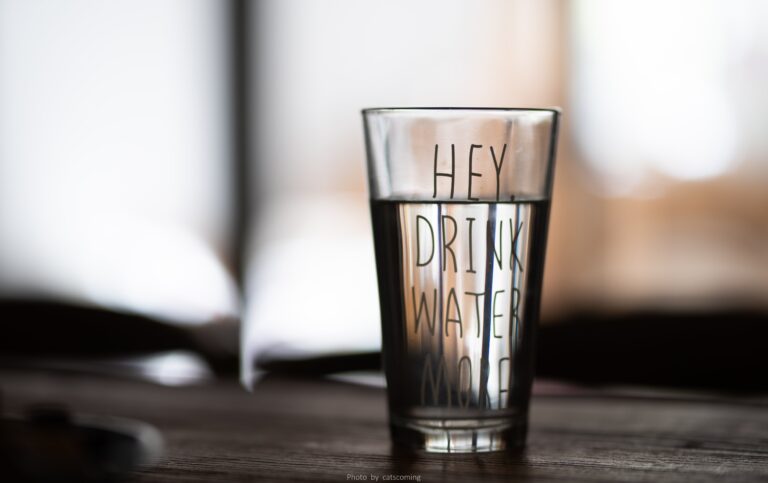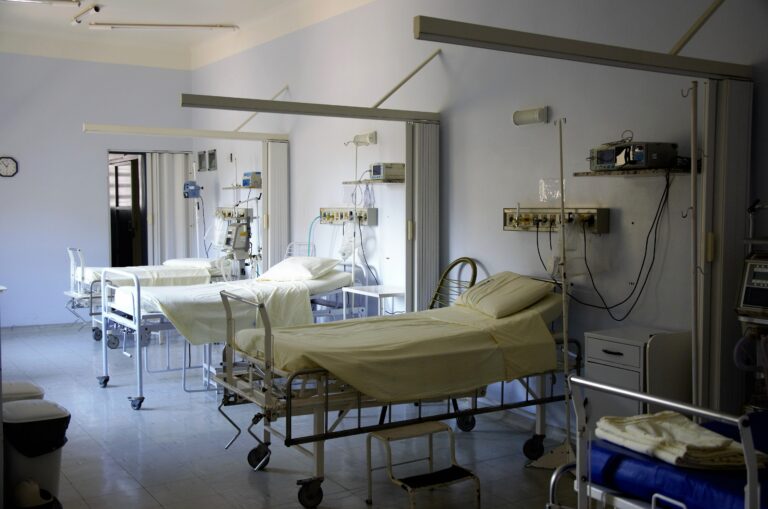
Should I Hire a Lawyer When Starting a Business?
Hiring a business lawyer helps avoid legal issues, protect assets and position your company for success.

Hiring a business lawyer helps avoid legal issues, protect assets and position your company for success.

Protein is an important part of every diet, especially in increasing or maintaining muscle mass.

With brand-name bottle fads and gallon-a-day water challenges trending on TikTok, hydration is in, and that’s good news for health.

House Republicans on Tuesday called for employee discipline and potential firings after the discovery that tens of thousands of veterans’ disability cases were lost for months or years in the Department of Veterans Affairs claims systems due to software glitches.

If you need to downsize in a hurry, here’s how to go about it while minimizing stress — and avoiding sending something valuable to the dump.

A new study published in the journal Nutrients reports that drinking three or more cups of coffee daily was associated with lower peripheral and central blood pressure.

Thirty-five Veterans Affairs Medical Centers in 21 different states would be closed or completely reconstructed under a nearly $2 trillion infrastructure overhaul unveiled by department leadership on Monday.

VA is poised to get its largest budget ever, but is it enough?

Here’s how to boost your home’s sale price and attract buyers in the digital age.